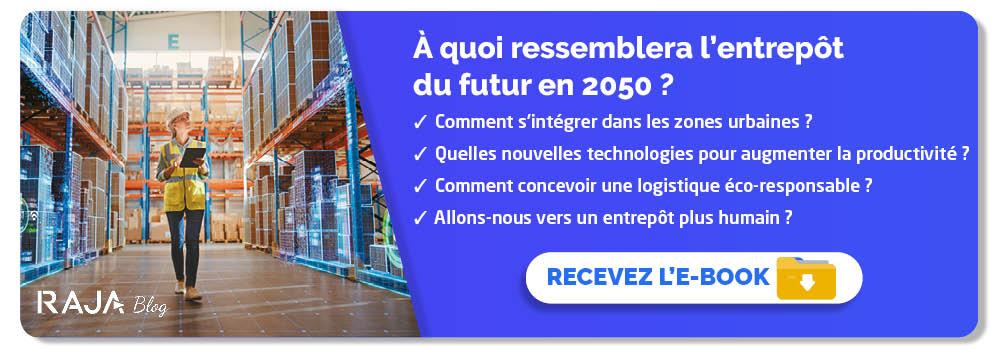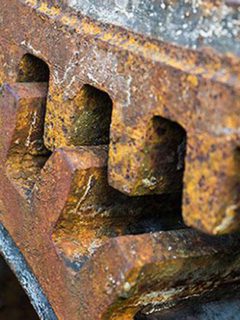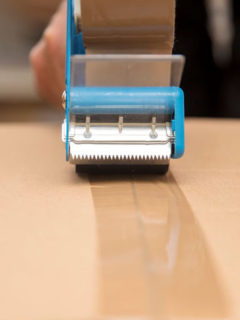Imagine the following situation: you’re sitting on the sofa watching TV, when you suddenly hear a peculiar buzzing sound. No, it’s not a mosquito ruining your evening, but a drone delivering your order. In technological terms, we’re already there, but what about the regulations and the possibilities? Talk to us about the most frequently asked questions about drone delivery and its role in e-commerce.
1. Are drones suitable for delivering goods?
Absolutely! Most drones can deliver small, light parcels, but some models are suitable for heavier, bulkier parcels. They can be an alternative solution in regions where traditional delivery methods are slow or complicated, such as isolated villages or areas with insufficient road infrastructure. Delivery by drone may even be easier in some densely populated conurbations, where traffic jams are common. It is also a solution for last-mile deliveries.
However, a number of challenges remain. Drones must be adequately protected against theft, be reliable in all weather conditions and not cause accidents. What’s more, their range is currently limited: they can only deliver over relatively short distances. Robust packaging with shock-absorbing cushioning or other features could play an essential role in ensuring that goods arrive at their destination without breakage.
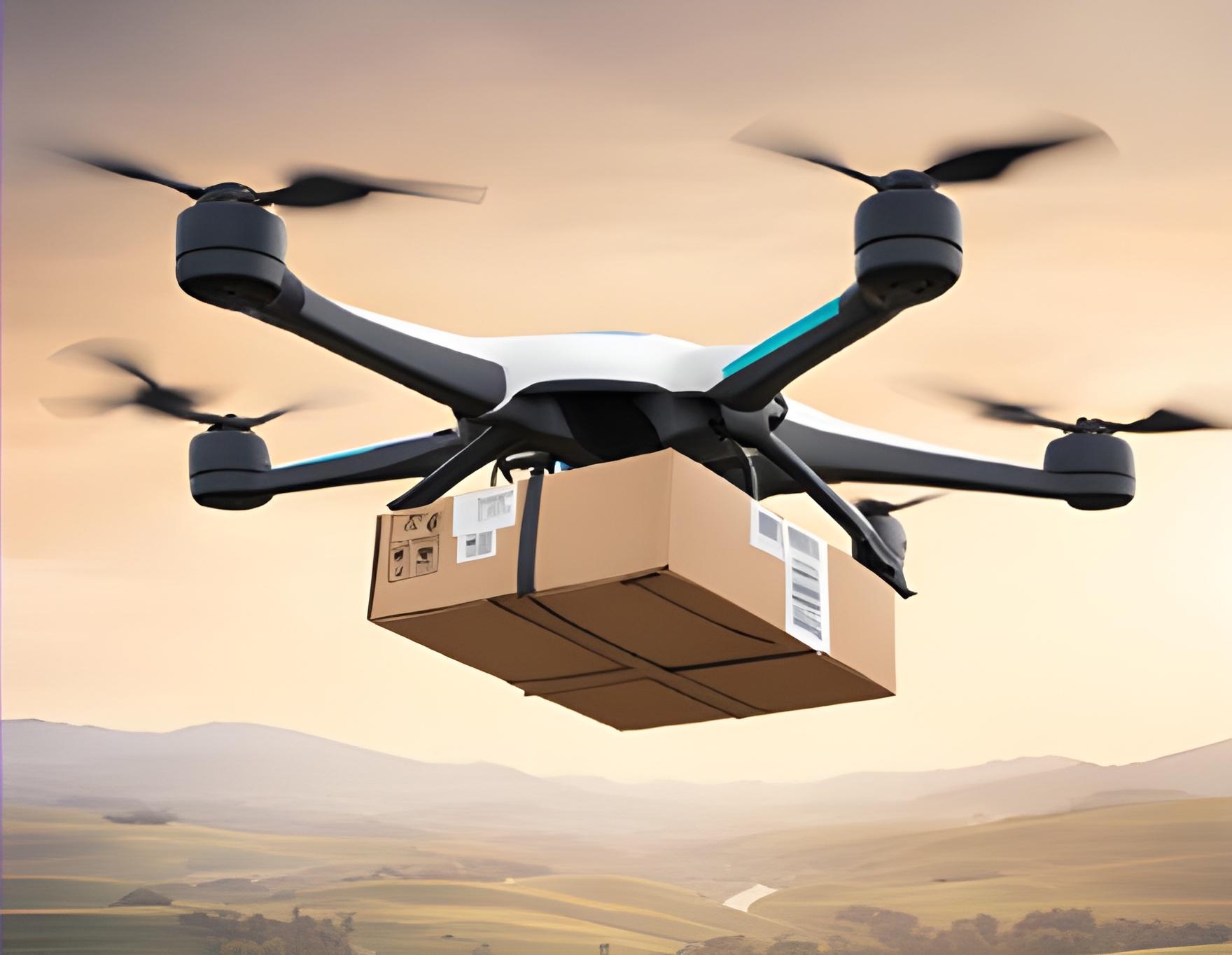
2. Are parcels already delivered by drone?
In some parts of the world, online orders are already being delivered to customers’ gardens or doorsteps. Companies such as Amazon, UPS and DHL have been experimenting with drone delivery for years. They are also being used for medical purposes, such as transporting medicines and blood samples. Increasingly, drones are being used in warehouses for targeted tasks such as stock management and technical inspections.
Although pilot projects are currently being conducted on a small scale, drones have made considerable progress, but have not yet become widespread. Where does the problem lie? On three levels: safety, protection of privacy and European regulations. So we’ll have to wait a while before drones can deliver a parcel to your doorstep or garden. Find out more about the attitude of Belgium and the Netherlands to drone deliveries below.
► Drone delivery in Belgium
At the end of 2024, the company Helicus and the Jan Yperman Hospital in Ypres launched a pilot project for the delivery of blood samples. Thanks to a fully automated system, they were transported from the Diksmuide medical centre directly to the hospital’s laboratory.
Since then, more and more commercial trials have been carried out. In collaboration with Bpost, the Belgian start-up Drone Future has tested commercial deliveries by drone between Technopolis and Bpost’s Malines site. The drones deliver and collect parcels (weighing up to 5 kg) via an intelligent, secure, contactless letterbox protected against theft. If the test proves successful, it could be the first Belgian commercial route mapped out for drone delivery.
► Drone delivery in the Netherlands
The Netherlands is in a similar trial phase. Amazon has already conducted trials in the past: the Prime Air service. In this respect, the country has played a key role in European airspace. Today, this project seems to have been temporarily suspended, as Amazon has set its sights on the UK.
Medical Drone Service, a partnership between PostNL Health and ANWB Medical Air Assistance, delivers medical products in the Netherlands. Its drones transport blood bags, medicines and medical samples between hospitals and patients. Thanks to drone delivery, the aim is to provide medical items and products more quickly and closer to patients.
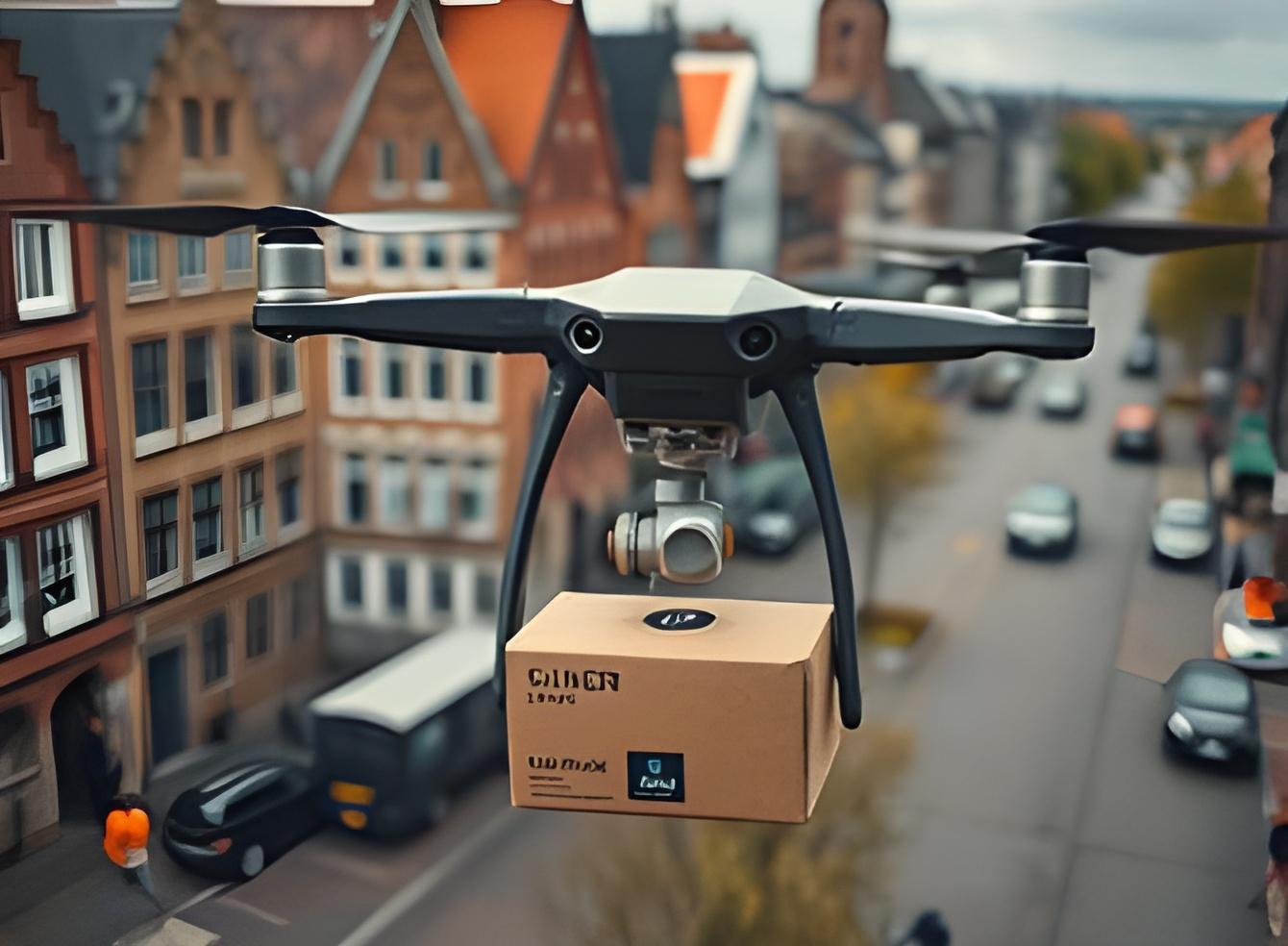
3. What products can drones carry?
As you have read, drone deliveries mainly involve small, lightweight parcels. Their content can vary depending on current technologies and local regulations. Here are the most common applications in countries where drone delivery is already being used or tested:
- Medicines and medical items In remote areas or in emergencies, drones can quickly bring medical supplies and products to where they are needed.
- Meals Takeaways: drones can deliver takeaways, particularly in built-up areas.
- Small electronic devices phones, chargers and other accessories.
- Documents and parcels For urgent items and parcels.
As well as transporting products, drones can also be used for other tasks: inspecting buildings or objects and even… transporting people. The Chinese company Ehang, for example, has been carrying out test flights for years to transport people by drone. This concept could be described as a flying taxi. Of course, these drones are much more robust, which means they can be used to transport heavier and bulkier packages.
